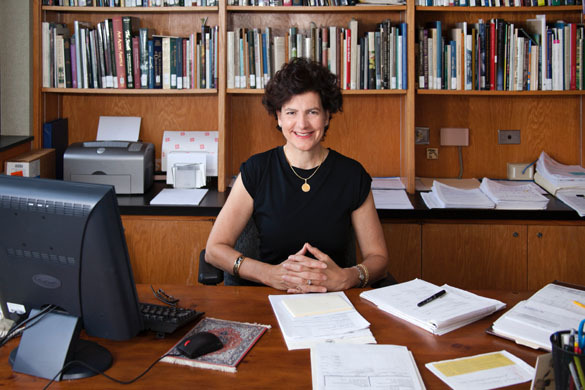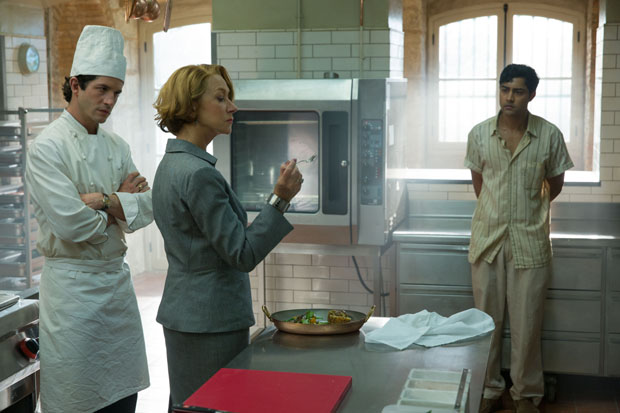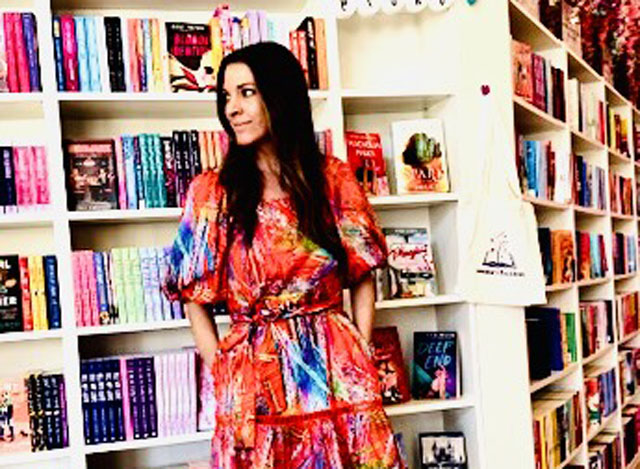The Power of Photography
29 Sep 2013
The Gibbes Museum of Art looks to the past and future
By JASON A. ZWIKER

IMAGINE YOU WERE THERE. THE BITTER TASTE of smoke lingers in the air. Bodies lie still on the cold, wet ground. One young soldier, barely more than a child, must have dragged himself forward as long as he was able, judging by the trail behind him. After he died, he sank, partially, into the mud of a small ravine. He faces upwards, one hand across his chest, the other behind his head. Even this looks like the careless sleep of a boy at the cusp of manhood. In other circumstances, he might have drifted off, mid-daydream, while watching the clouds.
But you know that was not his story. His story was one in which he did the work that was asked of him, fighting for the cause he believed in, and died on the battlefield.
So you do your job also.
It’s a meticulous process. You coat the glass plate with the syrupy solution. In the darkness of the tent, you add silver nitrate, which reacts with the iodide and bromide. Then, you slip the plate into a lightproof holder and make your way to your camera. When you finally expose the plate, allowing light to etch the sobering reality of the child / man in his uniform, cold and still in the aftermath of the bloodiest single day of the war, you understand that this was but the first series of steps. Much more remains to be done, and all of it to capture one single moment of time.
“The mystique of photography at that time is hard to understand today,” says Angela Mack, Executive Director of the Gibbes Museum of Art. “It wasn’t widely understood how these boxes were capturing images. In the primary literature, people refer to these images as their shadows.”
The American Civil War crossed paths with photography at a crucial time in its development as an art and science. “The technology was still very new,” she adds. “The war catapulted the capabilities of the photographers.”
More than 220 pieces are featured in Photography and the American Civil War, an exhibit that has earned rave reviews in the New York Times, Wall Street Journal, and Antiques Magazine. Curated by Jeff Rosenheim, the exhibit debuted in the Metropolitan Museum of Art in New York earlier in the year. In late September, it opens at the Gibbes.
“Every iconic image of the Civil War you’ve ever seen in a book or documentary is in this,” says Mack. “Photography served many purposes in the war, from chronicles of battlefields to soldiers having pictures made as keepsakes for their families. This exhibit is an opportunity to understand how early photography and the war were intertwined.”
Those who visit Photography and the Civil War will see daguerreotypes, ambrotypes, and tintypes as well as images on paper, representing the wide variety of materials used in photography’s early days. Civil War photographers such as Mathew Brady, George Barnard, and Alexander Gardner are represented here, along with many others.
For Mack, the exhibit, with its Civil War and photography-as-an-emerging-art themes, digs straight to the heart of what the Gibbes stands for. Opportunities for Charleston’s young to advance in the arts were limited in Post-Reconstruction years and, as a result, many of the most talented were leaving the city to study and advance as artists elsewhere. “James Gibbes left very explicit instructions in his will. His original vision was that this be an academy-style institution for the study of art, a teaching gallery where young artists could learn from the old masters.”
Mack, who has been with the museum for over 30 years, is excited to see the Gibbes now in the leadership phase of a major campaign to fortify its role as a regional leader in arts education. Once renovations are complete, the vision is of a Gibbes Museum of Art featuring studio spaces on the ground floor with grand exhibition spaces on the second floor.
The benefit to Charleston’s creative community will be significant: artist-in-residence and master class programs, as well as an ever changing array of lectures, films, and performances. “The training will include portfolio development, introductions, and academic preparation.” Locals and visitors to Charleston will gain a revitalized venue for appreciation of art, architecture, and historic preservation, enhanced with expanded education programs for preK-12 and adult audiences alike.
“Our mission is to show the significance of this region in the history of American art. And it’s very appropriate we do that here, because we do consider Charleston to be the birthplace of Southern art.”
Originally from Spartanburg, Mack discovered her passion for art in her sophomore year of college. “From the very first day, I was hooked. I realized that there was something more here, that art was not just art, it was a way to better understand history, religion, contemporary life.” She did not study American art specifically – it actually was not even a field of study at her school at the time – but came to know and appreciate it intimately in the years since.
“I never stop being excited about art, what we discover in it, what we learn about ourselves through art.” 843-722-2706, gibbesmuseum.org.












